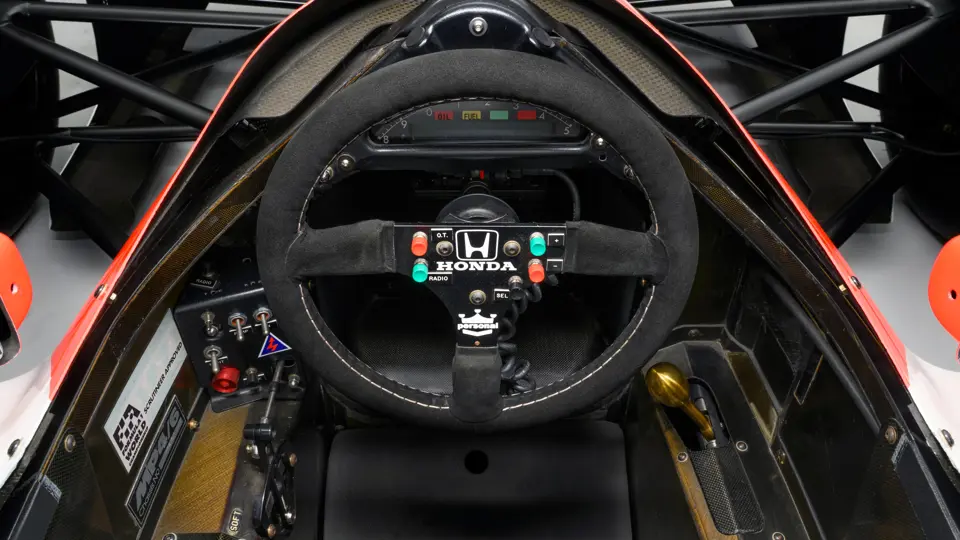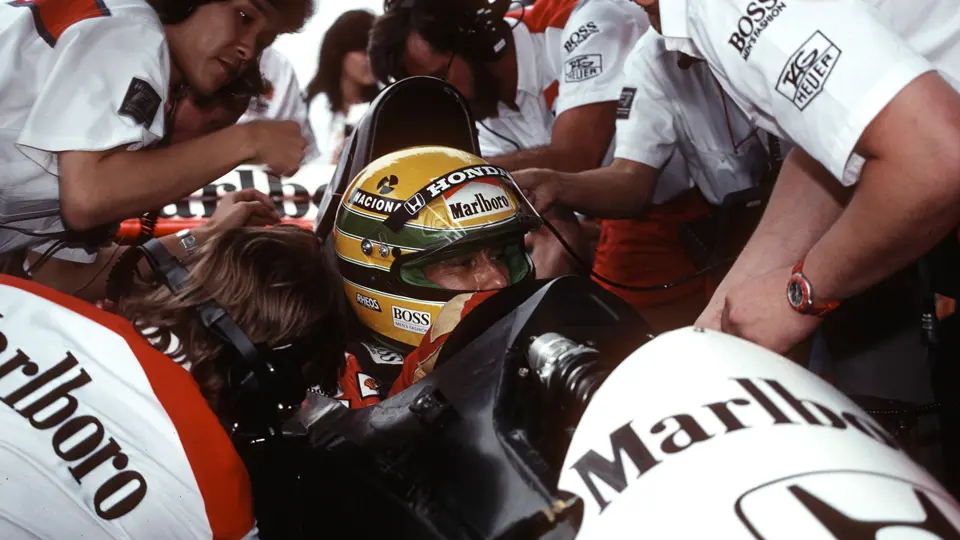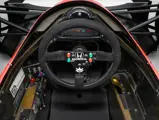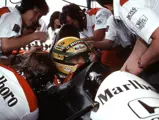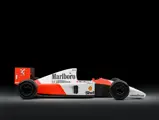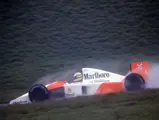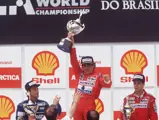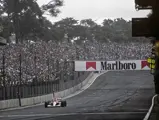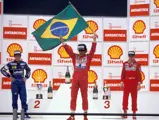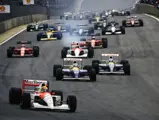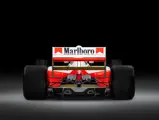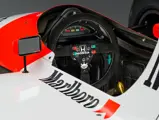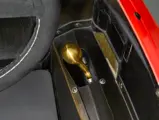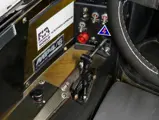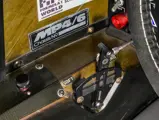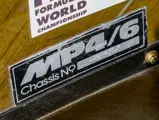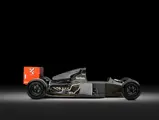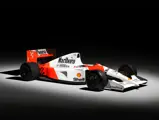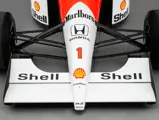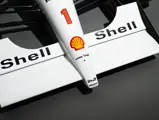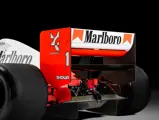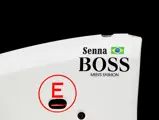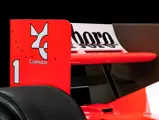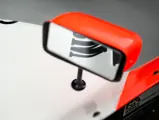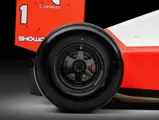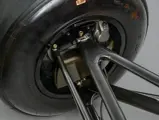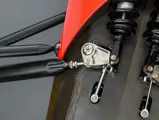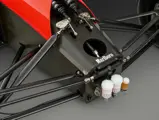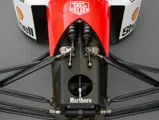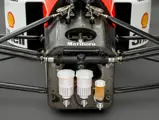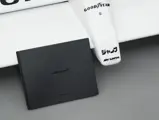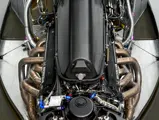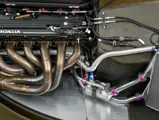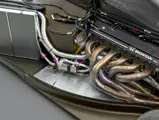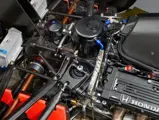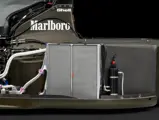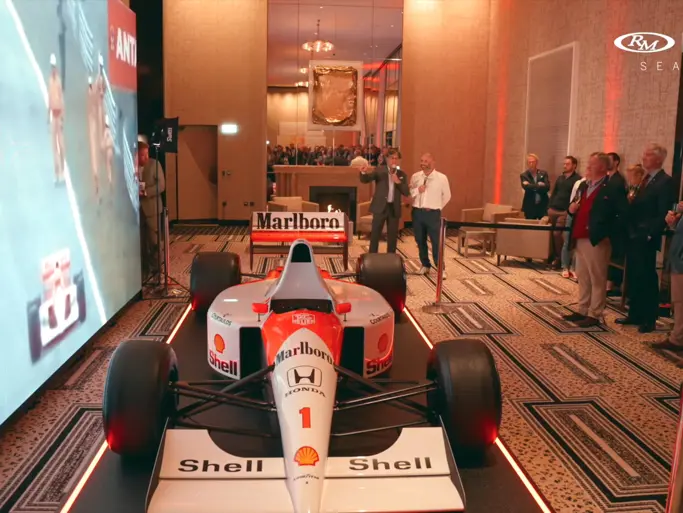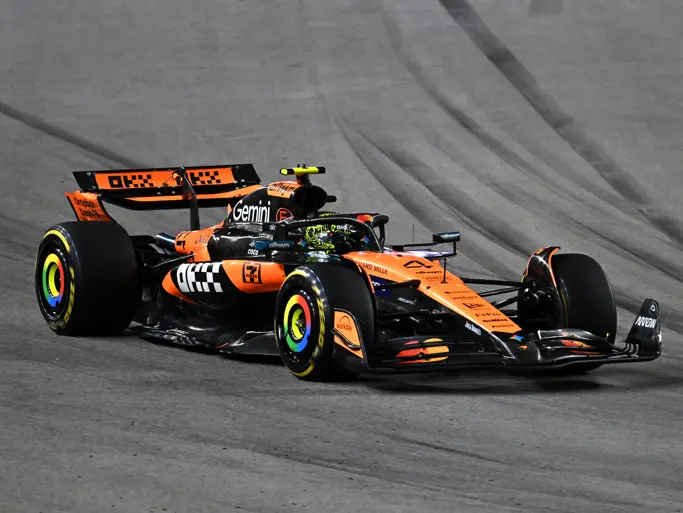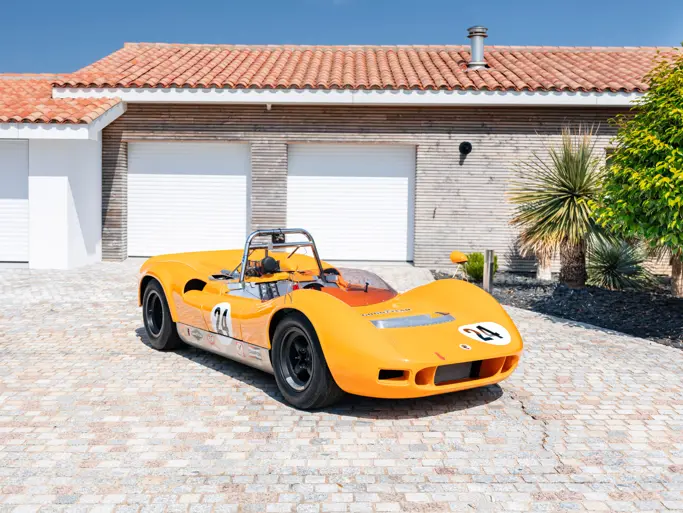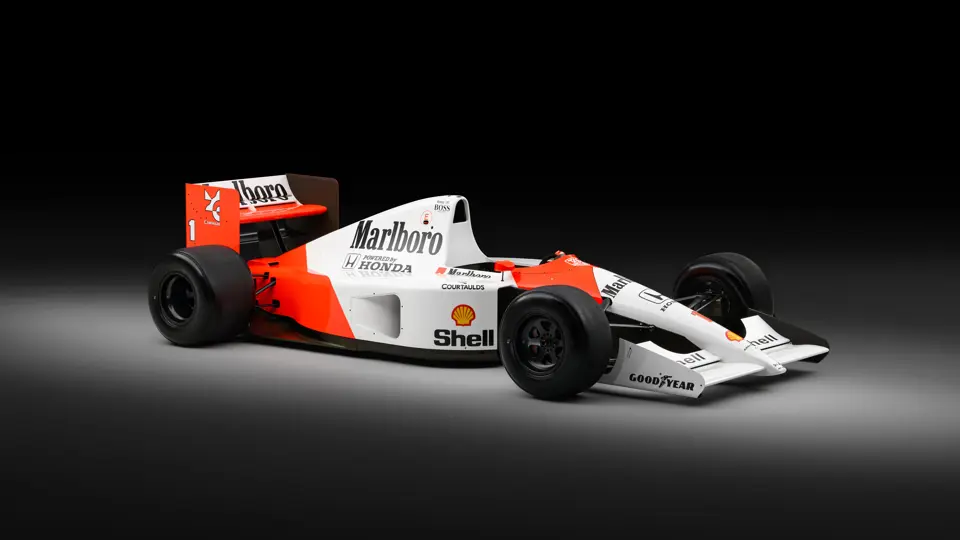
1991 McLaren MP4/6
{{lr.item.text}}
{{bidding.lot.reserveStatusFormatted}}
- Winner of the 1991 Brazilian Grand Prix, one of Ayrton Senna’s most memorable victories and his historic first home win
- The first MP4/6 chassis, tested by Senna in February 1991
- The final V-12-powered, manual gearbox model to win a Formula 1 World Championship
- Retained by McLaren for almost 30 years; fully recommissioned to race readiness by McLaren Heritage prior to being sold to the consignor in 2020
- Recently inspected and run-up by marque specialist Lanzante Ltd (McLaren Petersfield)
- Supplied with a McLaren Certificate of Authenticity
- A true motorsport icon that delivered one of the most meaningful victories to arguably the greatest driver of all time
- To Be Displayed at Abu Dhabi Collectors' Week, December 2-5
“By the finish I had nothing left. God gave me this race.”
FOREVER, SENNA
THE 1991 BRAZILIAN GRAND PRIX-WINNING McLAREN MP4/6
As the drizzle that had threatened all day suddenly began to roll across Interlagos, Ayrton Senna must have wondered if he had been cursed. Though he started from pole and had led into Curva Um as the lights turned green, the Brazilian had been hassled and harried by the lightning-quick Nigel Mansell for much of the race. It was only luck that had saved him, the pursuing Williams suffering first an agonisingly slow pit stop on lap 25 and then, on lap 50, a cut to its right rear tyre. When his great rival retired with gearbox trouble on lap 59, Senna could have reached out and touched his first home victory, a longed-for win that had eluded him in seven attempts—and one that seemed destined to haunt him, a fragile hope he daren’t look directly at in case it disappeared. Just at that moment, with 10 laps to go, the same problem that had coldly dumped Mansell out of contention took aim at the Brazilian; beaten by the rigours of almost an entire race, a hot flash of alarm overtook him as he lost fourth gear and struggled with fifth and sixth. The familiar figure of home defeat once again knocked at Senna’s door.
As the race progressed, the smir that blanketed the track eventually turned to rain, and with his rivals searching for grip on the greasy surface, Senna’s God-given talent in the wet gave him a lifeline—battling both his competitors and his wounded car, he fought tooth and nail to maintain the ever-decreasing cushion he had built to Riccardo Patrese. By the final lap, 20 seconds had become just four, and it seemed to everyone that the Brazilian had run out of road. And then, disaster. He frantically and with increasing panic tried to find a gear—any gear—before the recalcitrant lever finally slammed belligerently into sixth. Afraid to change again and with his car hobbled in top gear, a victory that had been unlikely now seemed impossible. He stared at the dream escaping with the quiet ferocity that had become his trademark—and then gave chase.
To those watching the battle unfold at home, the memory is still vivid almost 35 years on. Families sat on the edge of their sofas peering at small, blurry sets through the living room gloom as Senna’s red and white Marlboro McLaren flashed in the grey rain, chasing rooster tails proof of the unnatural speed that the Brazilian had somehow managed to maintain. For Senna, every corner was a fight, the slow turns almost causing the highly-strung V-12 to stall, while in slower bends—without the help of engine braking—the McLaren simply wanted to carry straight on. What followed over the final 2.7 miles of the Brazilian Grand Prix was nothing short of superhuman—a transcendent performance from one of the greatest drivers to ever grace the racetrack.
By the time the chequered flag fell, not only had Senna finally taken a home victory in front of 70,000 adoring fans, but he did so with a scarcely believable 2.991-second lead over the chasing Patrese. Overcome with exhaustion, emotion, and with his legs and neck cramping from the exertion, a broken Senna had to be helped from his car by medical personnel and had barely the energy to lift the trophy—a holy moment that would define him as a driver and a man.
“I only came back to reality when I saw the chequered flag,” he said. “Then, it felt really good to be alive, to be at Interlagos, in my land, seeing my people so happy. It wasn’t the greatest win in my life, but it was the hardest-fought…”
McLaren would once again emerge victorious in both the Drivers’ and Constructors’ Championships in 1991, handing Senna his third and final Drivers’ title. The historic win at Interlagos would remain the only race outing for the car that carried him to victory. At the season’s close, its work done, chassis MP4/6-1 was retired from racing and sent back to the McLaren factory, where it would remain for almost 30 years.
THE OPPORTUNITY OF A LIFETIME
Chassis MP4/6/1 wasn’t just the car that delivered Senna his famous first home win. It was also the first of the series, and the car that gave the Brazilian his first taste of the new MP4/6 when he tested it alongside Gerhard Berger at Estoril in February 1991.
The car itself was a masterpiece of engineering delivered by Chief Designer Neil Oatley. It featured an all-new 3.5-litre V-12 engine capable of producing 720 horsepower and spinning to a screaming 13,800 rpm, mated to a six-speed manual gearbox, all housed in a carbon fibre monocoque chassis and clothed with carbon fibre bodywork. Nearly 35 years later, the MP4/6 remains an analogue dream, emblematic of one of the most celebrated eras in Formula 1.
With eight Grand Prix victories and concurrent Drivers’ and Constructors’ Championships under its belt, the MP4/6 bookended one of McLaren’s most successful periods in modern competition. It will forever be the model that gave Senna his final World Championship and represents the last time the World Championship would be won by a car with both a manual gearbox and a V-12 engine. In a world of change, it was the best of a dying breed.
Chassis MP4/6-1 is the most exalted for its historic role in one of the greatest of all Grand Prix drives by one of the greatest Grand Prix drivers of all. Surely one of McLaren’s most treasured possessions, it is remarkable that this almost mythical car was ever allowed to escape the factory’s gravity—but escape it did, being acquired by the consignor in 2020.
Prior to being sold, chassis MP4/6-1 was fully recommissioned to race-ready condition by McLaren Heritage and was subsequently entrusted to marque specialist Paul Lanzante Ltd for a fluid change, service, and static start-up. It will return to Lanzante Ltd (McLaren Petersfield) for a further inspection and startup before being delivered to its new owner, while it is offered with a McLaren Certificate of Authenticity plus all the necessary starting equipment, including external starter, water tower, fuel primer, and engine pre-heater.
Ayrton Senna is nothing short of Formula 1 royalty, rightly revered for his otherworldly talents on-track and celebrated for the man he was off it. And this car is an unrepeatable link to his most hard-fought victory—a race that showed the world exactly who he was, just three short years before he was tragically taken from it.
Offered directly from its sole private owner, chassis MP4/6-1 is without doubt one of the most significant and memorable Formula 1 cars ever offered for sale.
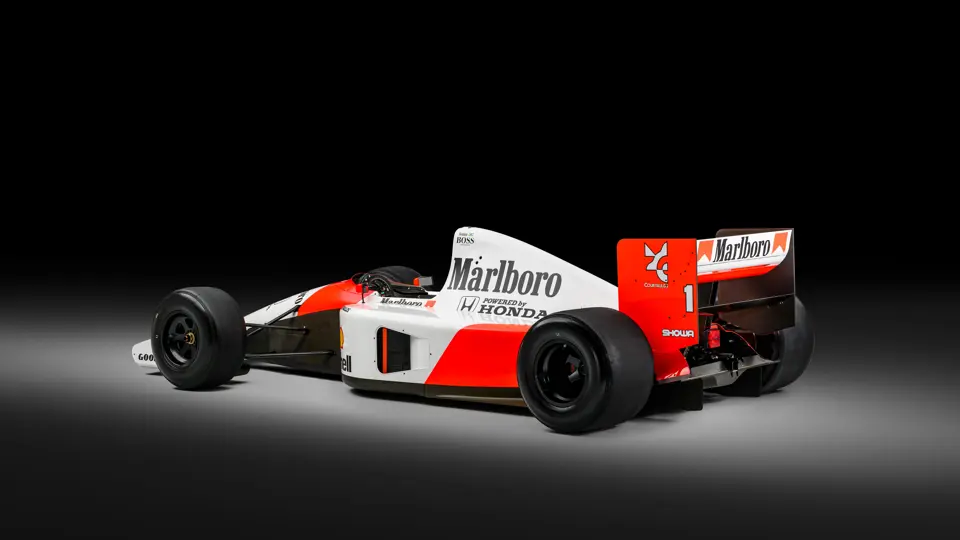
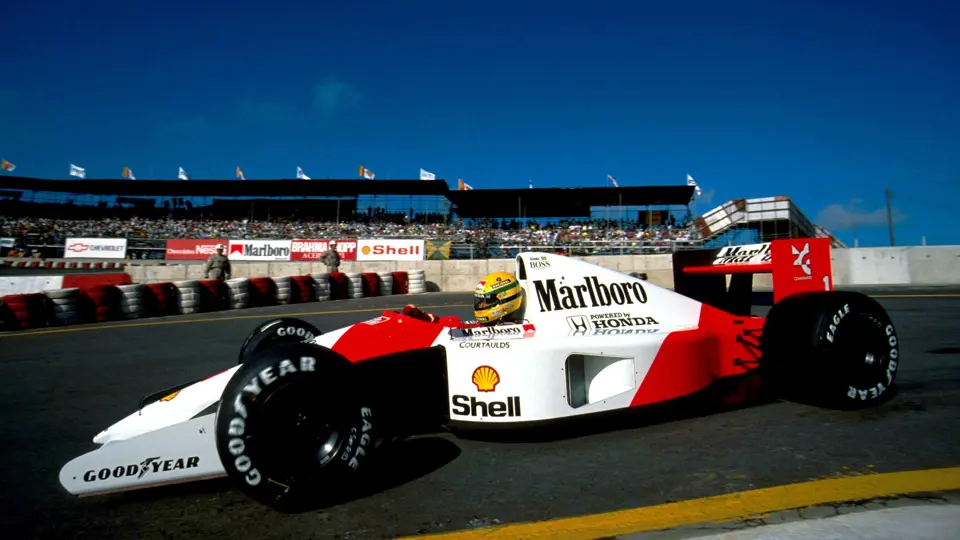
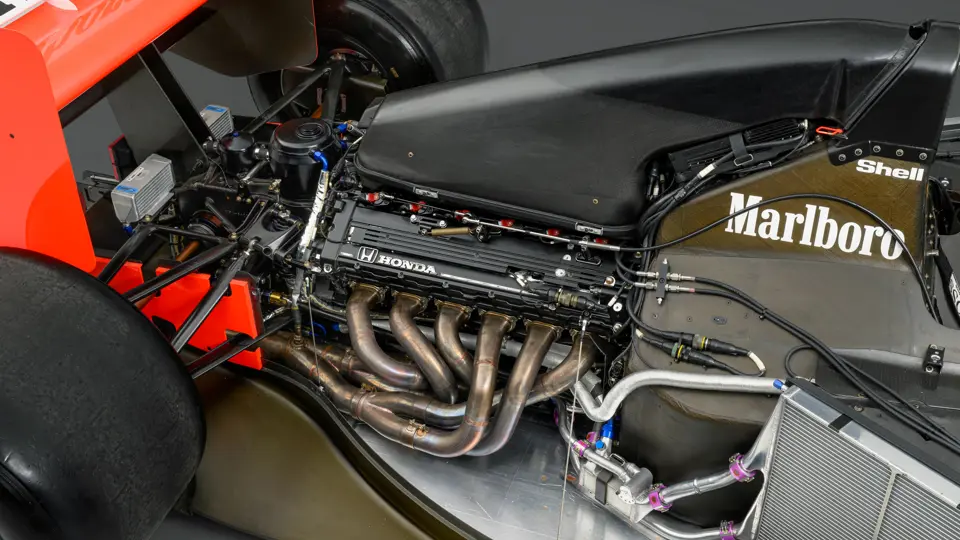

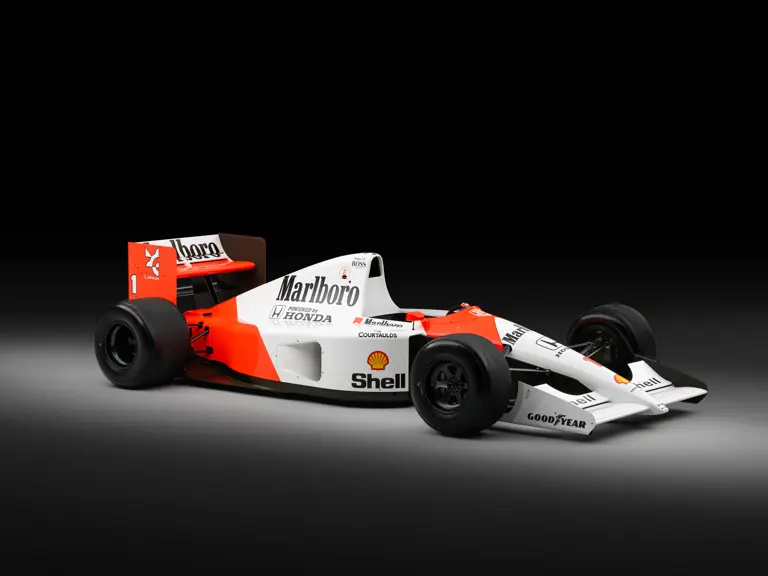

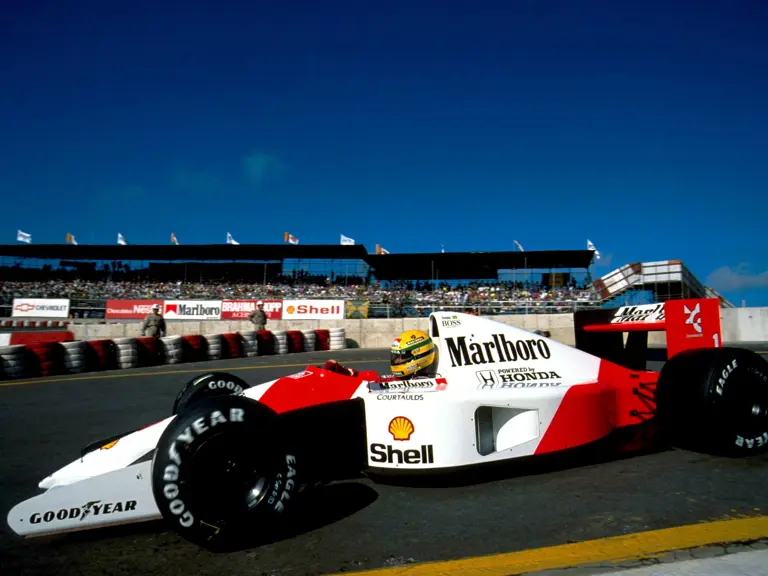
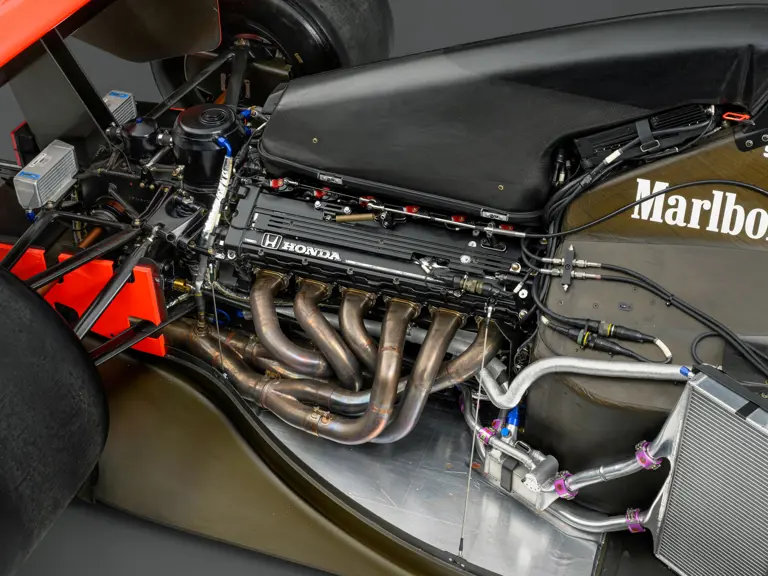
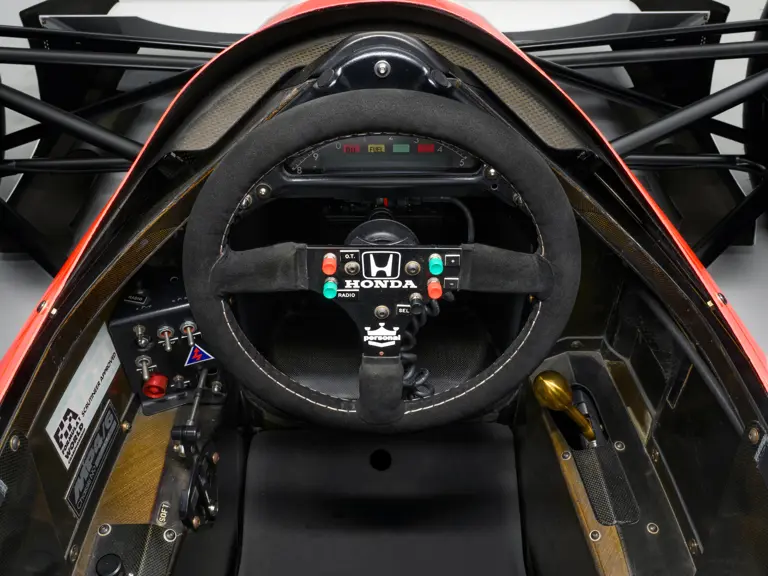
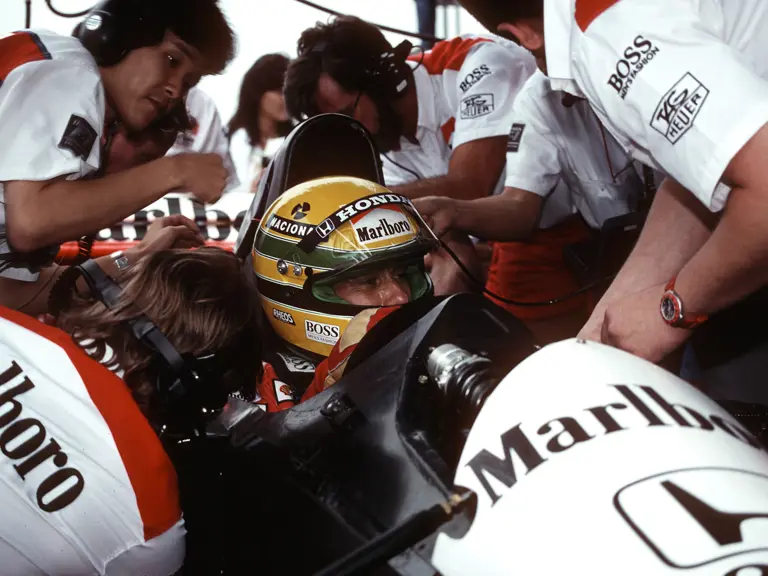
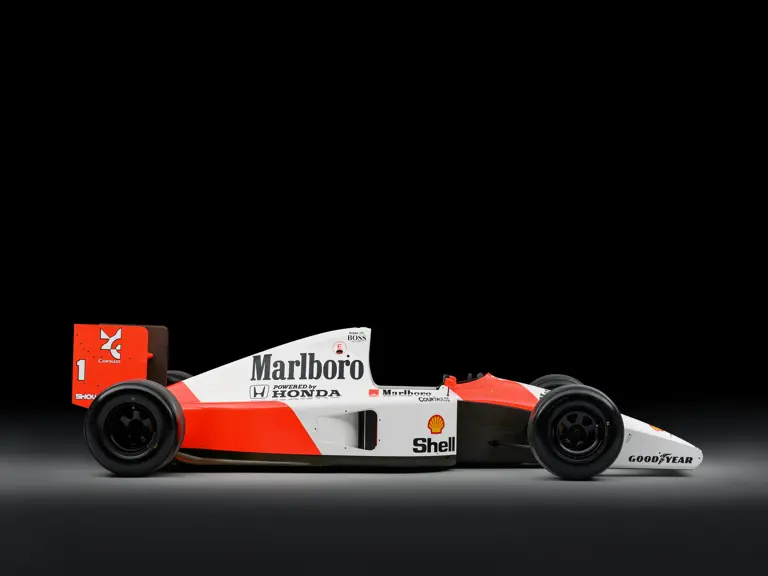
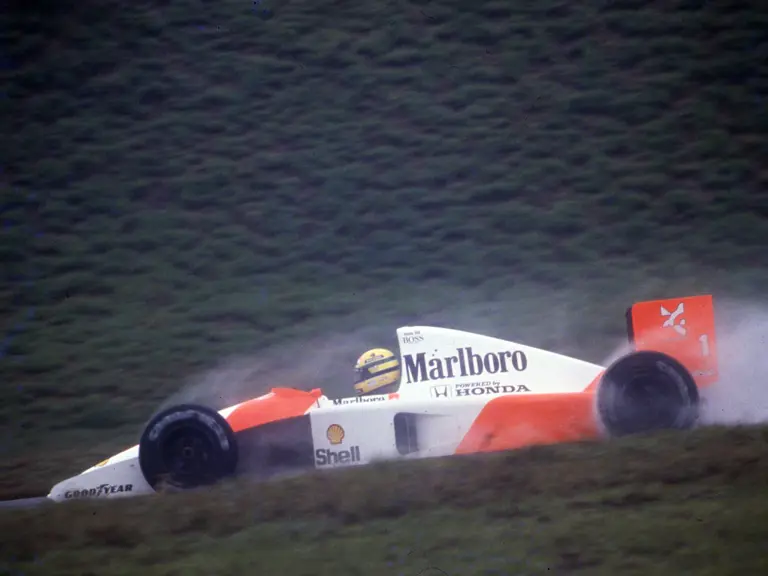

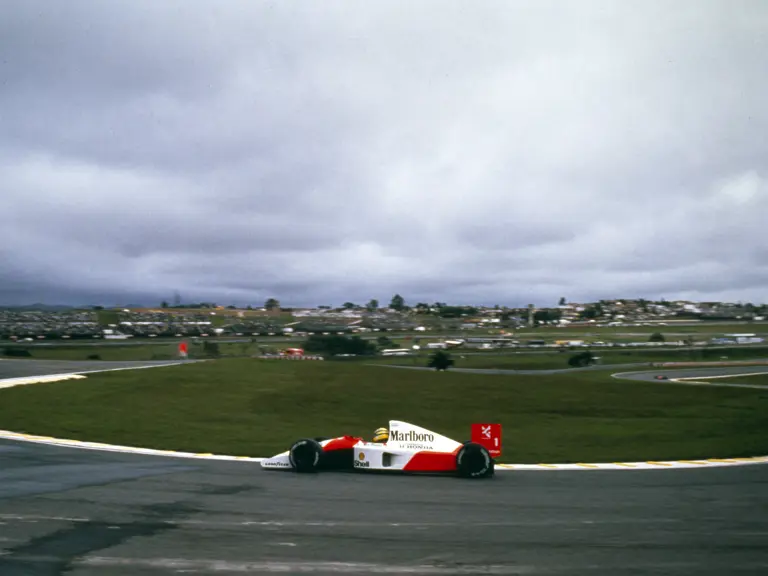
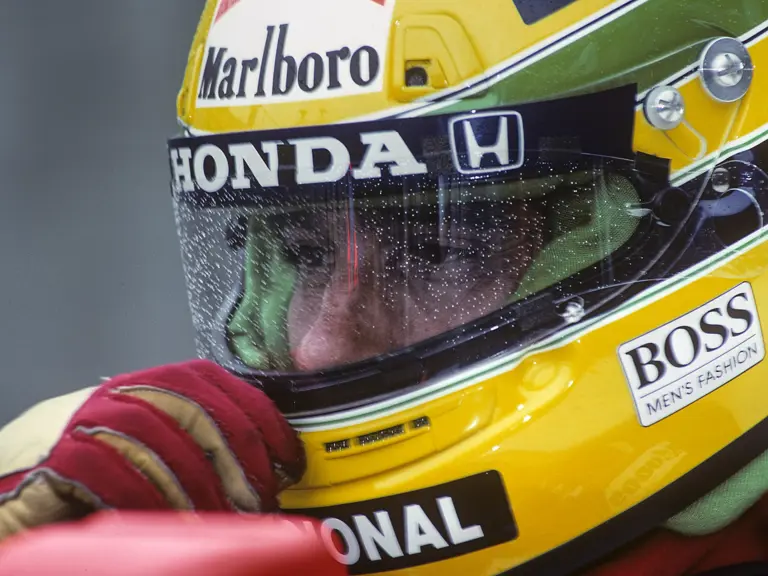
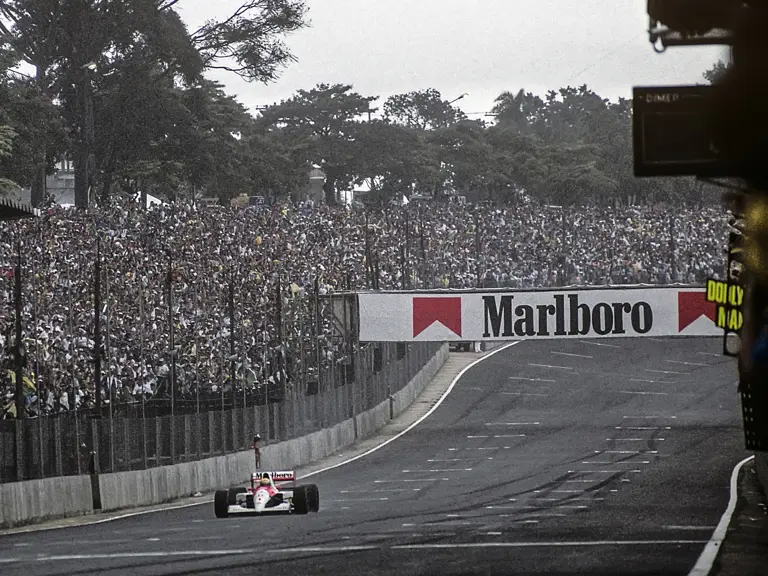
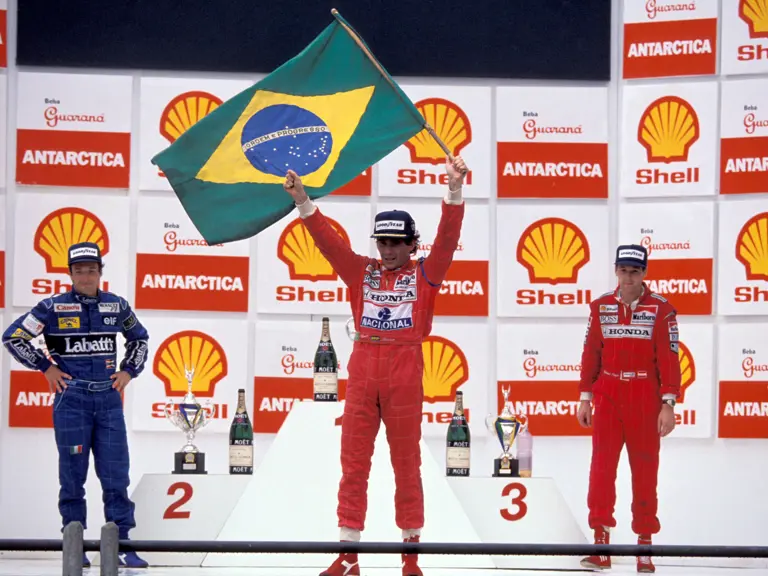
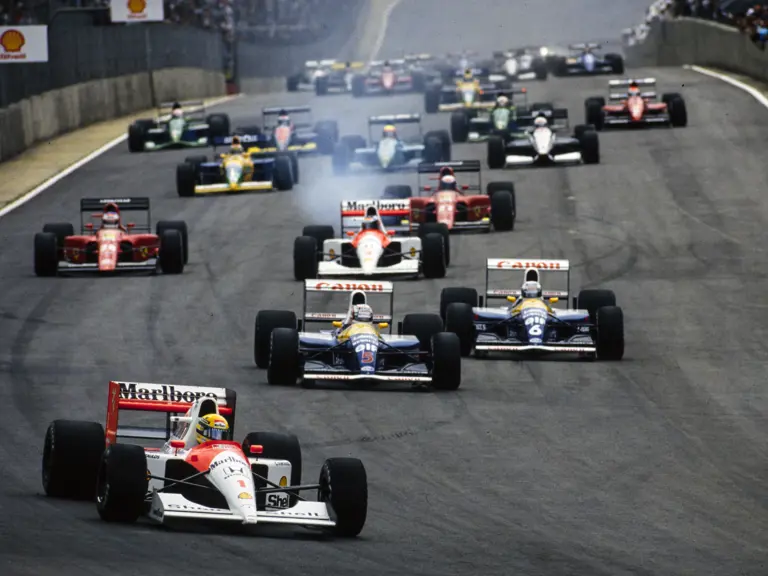


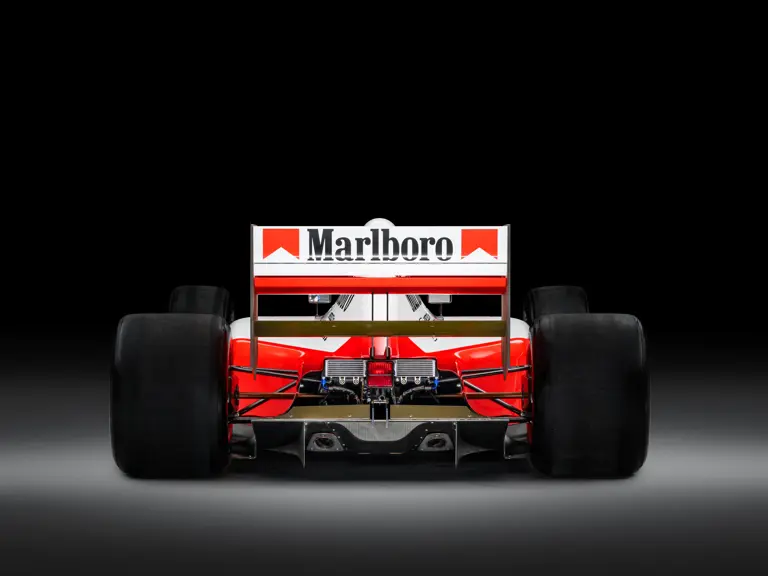

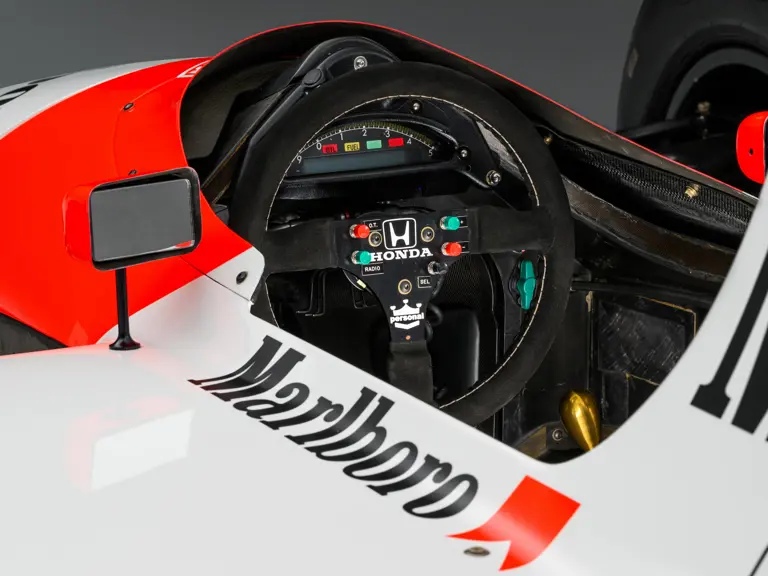

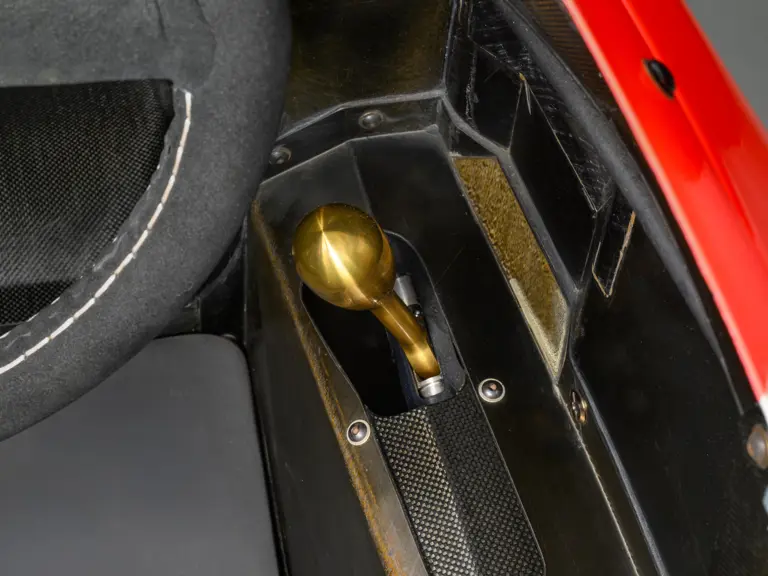
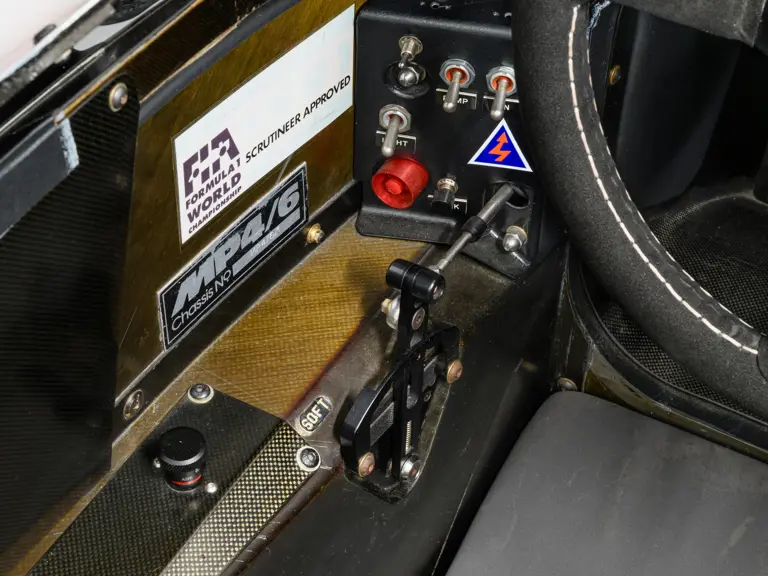
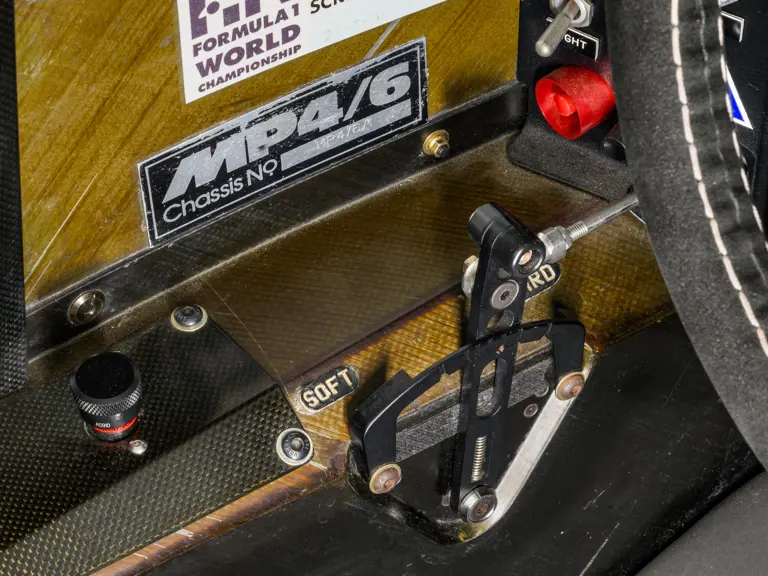

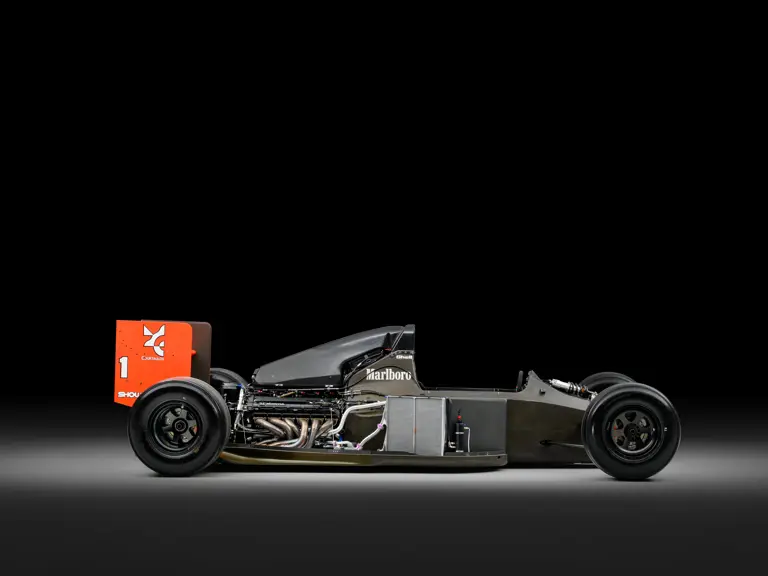
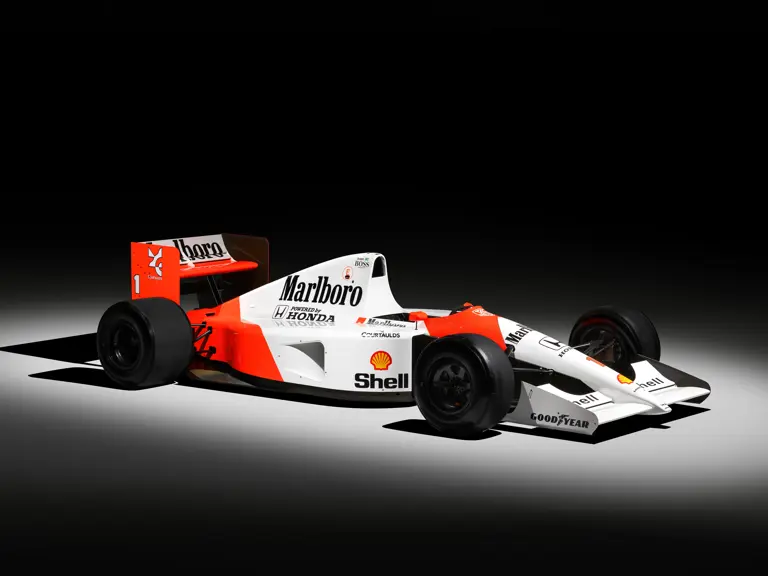
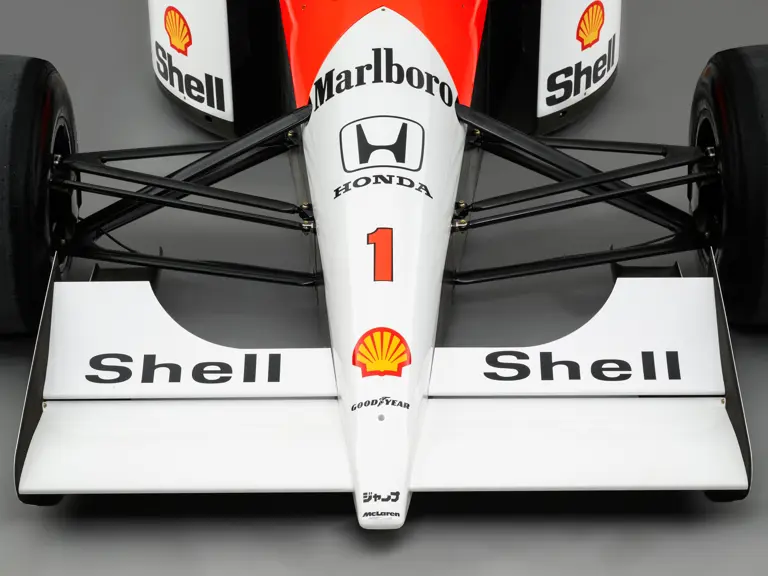
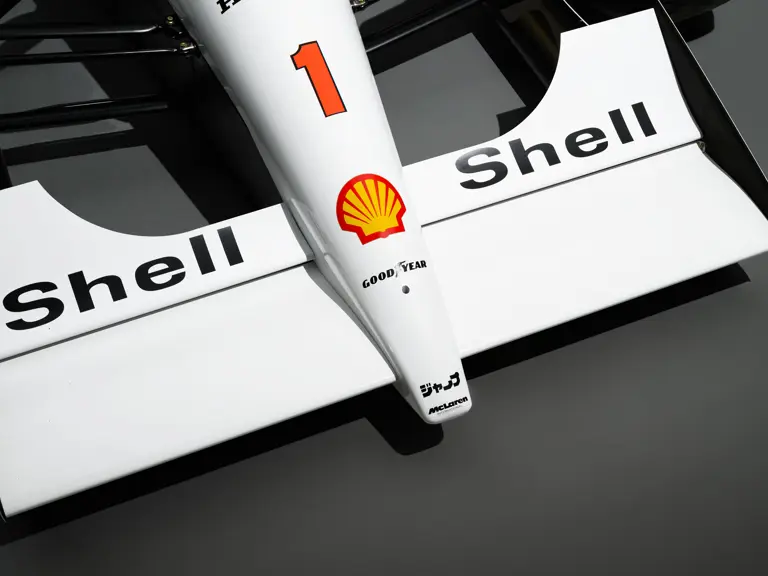
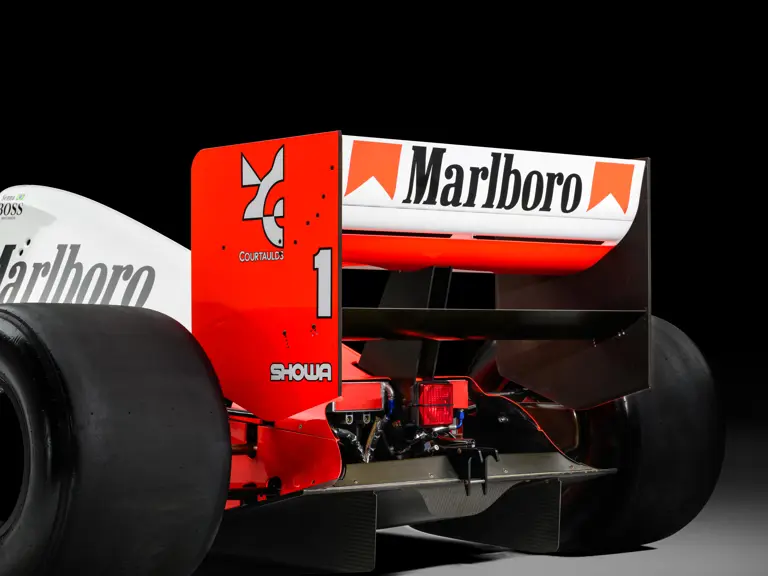



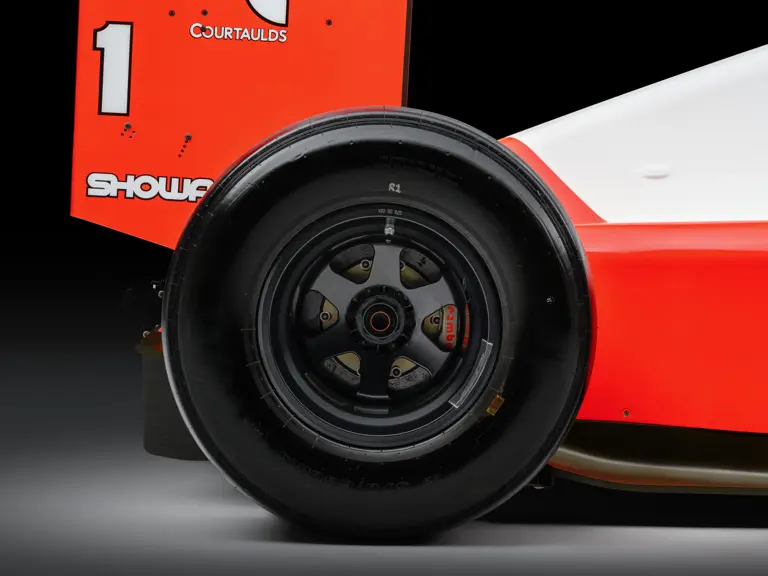
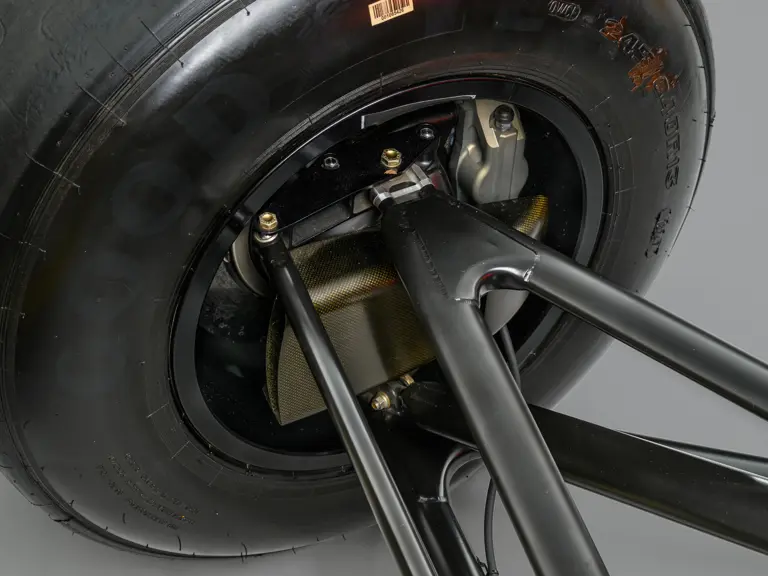




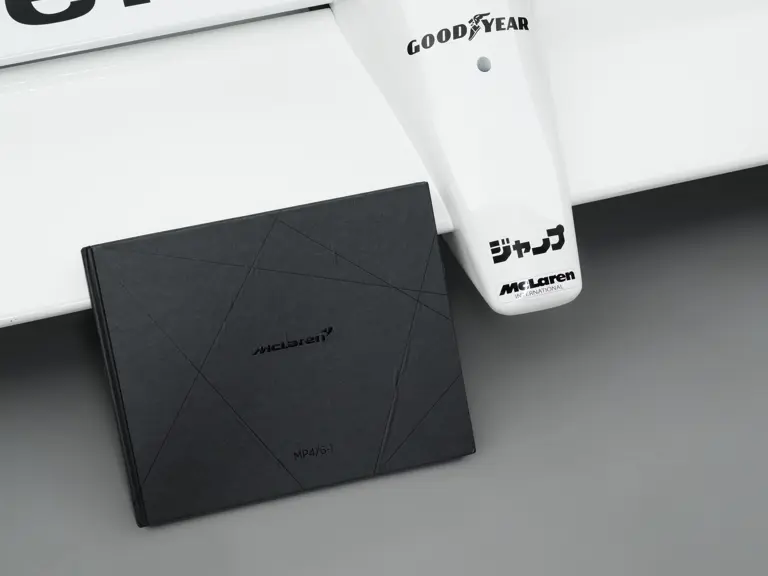
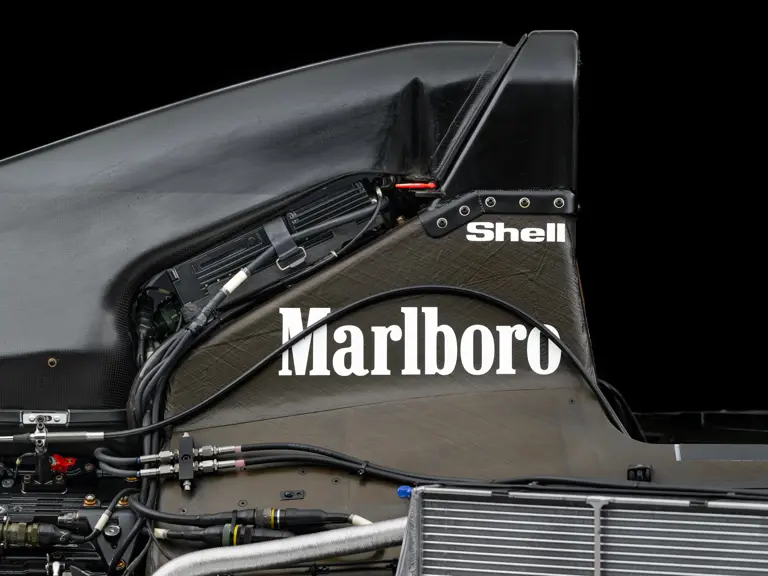
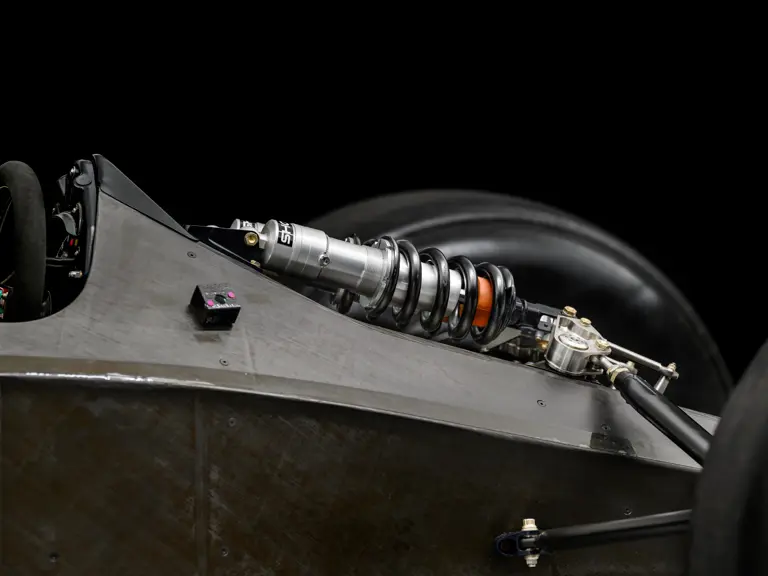
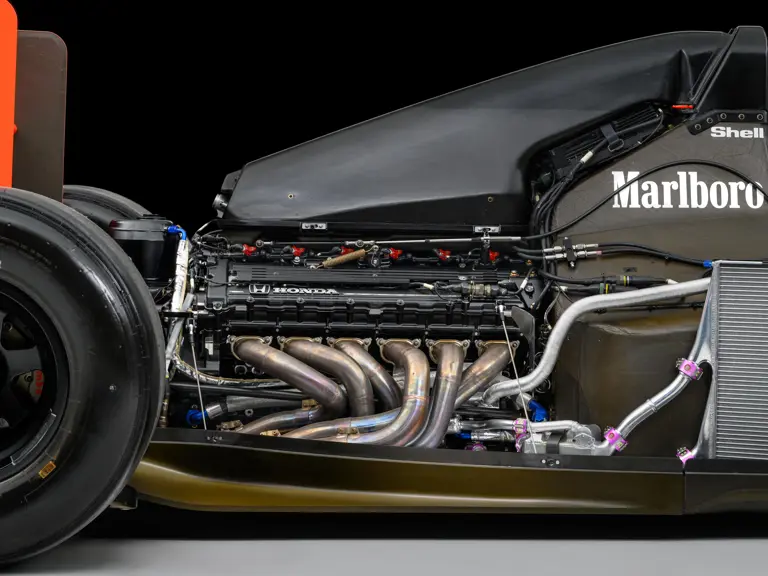
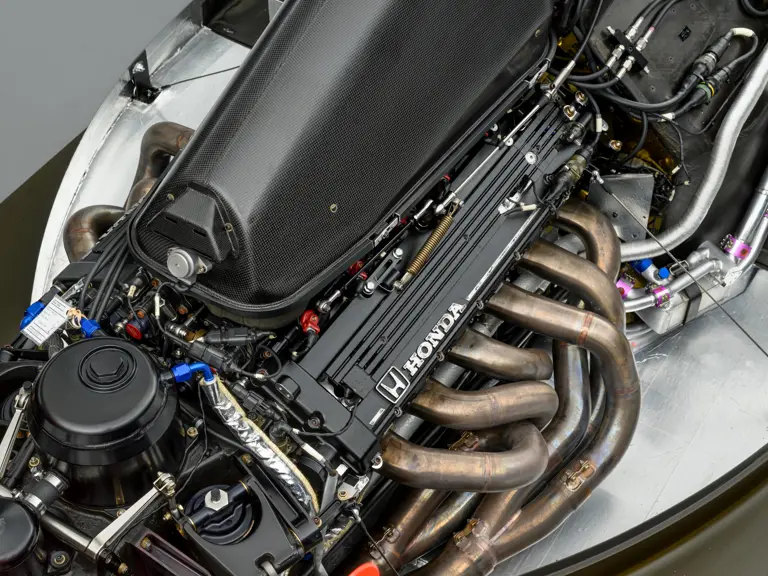
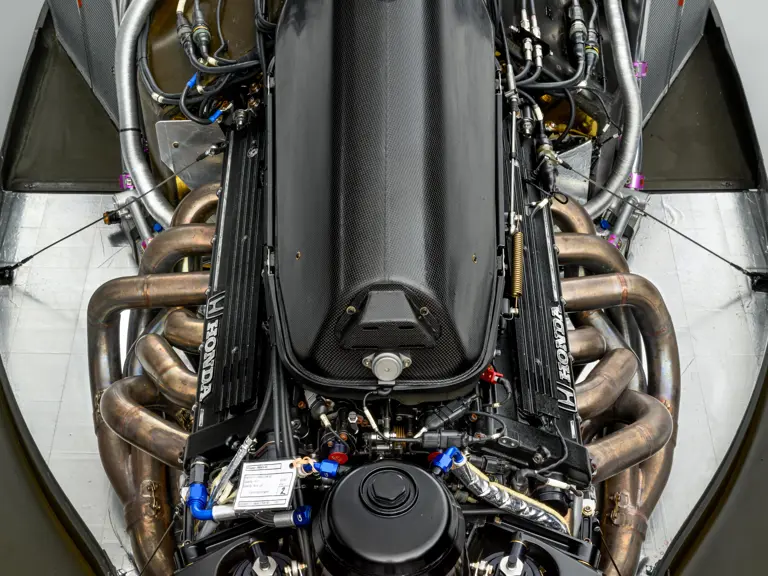
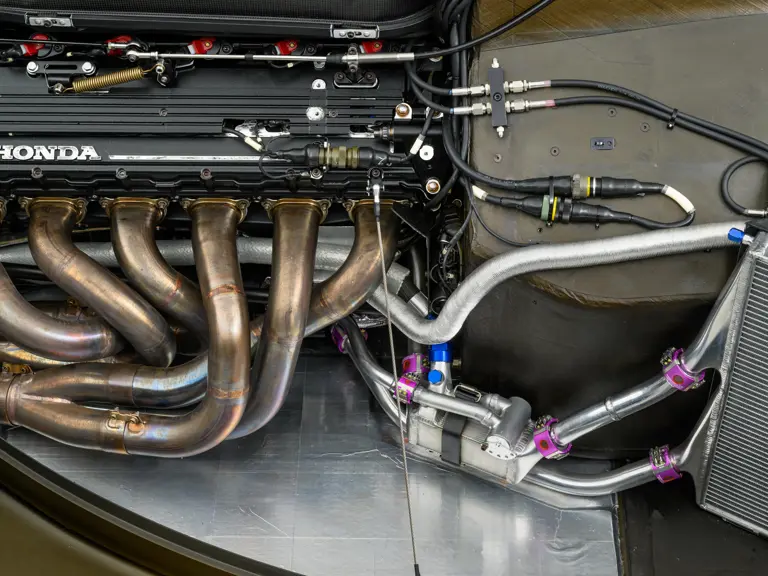

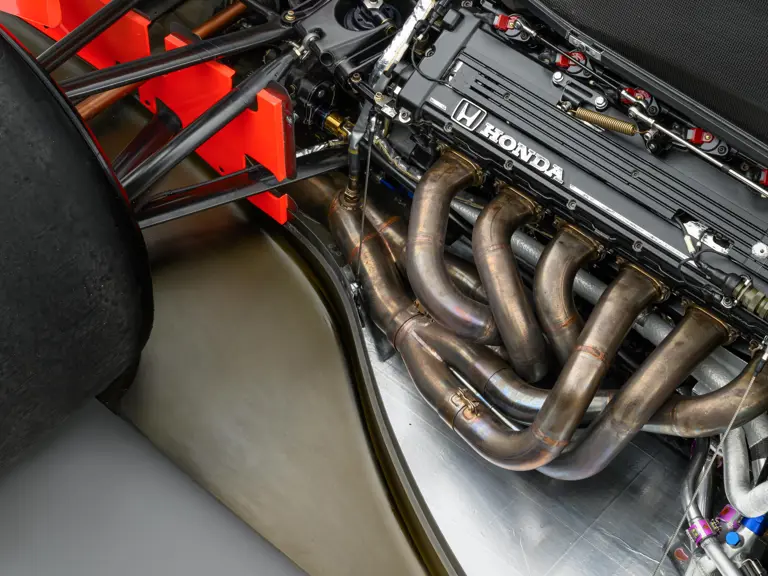
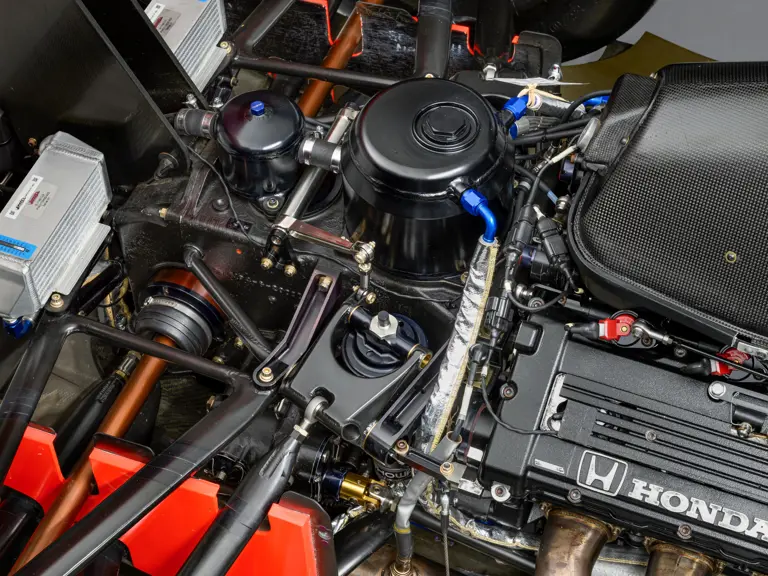
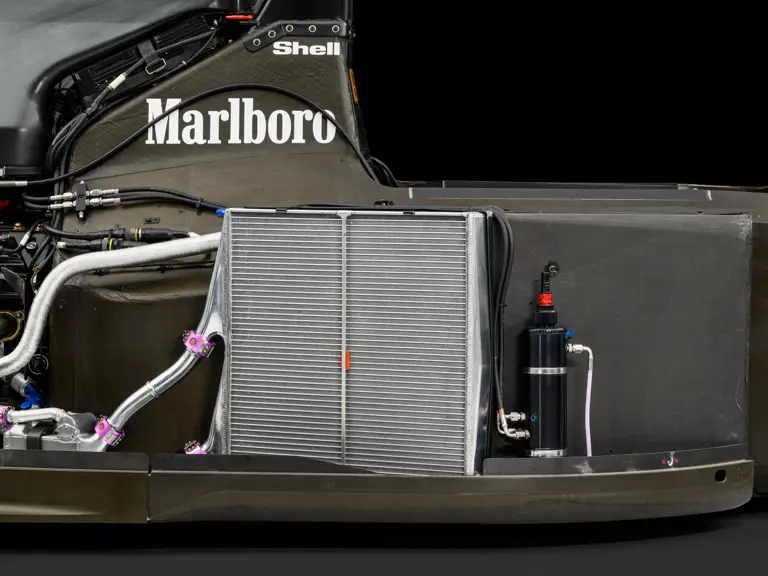
 | Dubai, United Arab Emirates
| Dubai, United Arab Emirates
